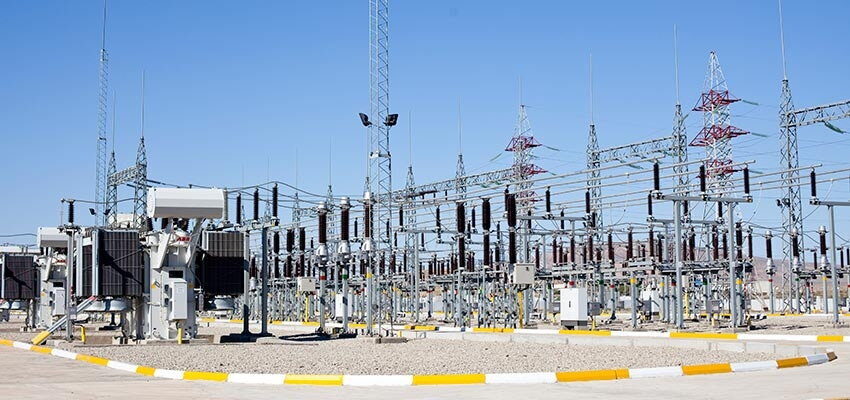
Power transformer protection – an outline
What are the main protection types to protect major substation element? Power transformers are used in High Voltage (HV) / Extra High Voltage (EHV) /...
byTalha Ali Qasmi

What are the main protection types to protect major substation element?
Power transformers are used in High Voltage (HV) / Extra High Voltage (EHV) / Ultra High Voltage (UHV) systems as they transfer a huge amount of power to the customers but the volume of vulnerability and damage is also huge and destructive. Therefore, in order to avoid such destruction and loss, protective devices are used with different protection schemes to provide safe and secure power to the customers. These devices not only protect the equipment but also preserve human life and secure the system from impairment.
Keywords: protection, relays, schemes, faults
Introduction
The transformers in HV networks are always protected by one main protection device and at least one back-up protection device. Main Intelligent Electronic Device (IED) uses all the protection functions, and the back-up IED has at least an (overcurrent) OC low stage with Inverse Definite Minimum Time (IDMT) curves, an OC high stage and an Earth Fault (EF) protection. In EHV we use two identical main protection devices in a redundant protection system.
In the field of power systems, the role of a power transformer is well known. It is so called backbone of the power transmission systems. High reliability of the transformer is therefore essential to avoid disturbances in transmission of power. When a fault occurs in a transformer, the damage is usually severe. The transformer has to be transported to a workshop and repaired, which takes considerable time. To operate a power transmission system with a transformer out of service is always difficult. The impact of a transformer fault is often more serious than a transmission line outage. To prevent faults and to minimise the damage in case of a fault, transformers are equipped with both protective relays and monitors. The choice of protective equipment varies depending on transformer size, voltage level, etc.
Failure statistics
Table 1 lists failures for six categories of faults (IEEE C37.90, Guide for Protective Relay Applications to Power Transformers). According to that, winding and tap changers account for 70 % of failures. Loose connections are included as the initiating event as well as insulation failures. The miscellaneous category includes CT failure, external faults, overloads, and damage in shipment. Aforementioned failures start as incipient insulation breakdown problems. These failures can be detected by sophisticated online monitoring devices (e.g. gas-in-oil analyser) before a serious incident occurs.
Transformer protection
When a fault occurs in a transformer, the damage is proportional to the dissipated fault energy which relates to the fault time. The transformer should therefore be disconnected as soon as possible from the network. Fast reliable protective relays are therefore used for detection of faults. Monitors can also detect faults and sense abnormal conditions which may develop into a fault. The size of the transformer and the voltage level has an influence on the extent and choice of protective equipment. Monitors prevent faults and protective relays limit the damage in case of a fault. The cost for the protective equipment is marginal compared to the total cost and the cost involved in case of a transformer fault. There are often different opinions about the extent of transformer protection. However, it is more or less normal that transformers with an oil conservator are equipped with the following equipment:
List of types of protection used above 5MVA transformer
– Overload protection (thermal relays or temperature monitoring systems)
– Gas detector relay (Buchholz relay)
– Overcurrent protection
– Ground fault protection
– Differential protection
– Pressure relay for tap-changer compartment
– Pressure relief device
– Overvoltage protection







